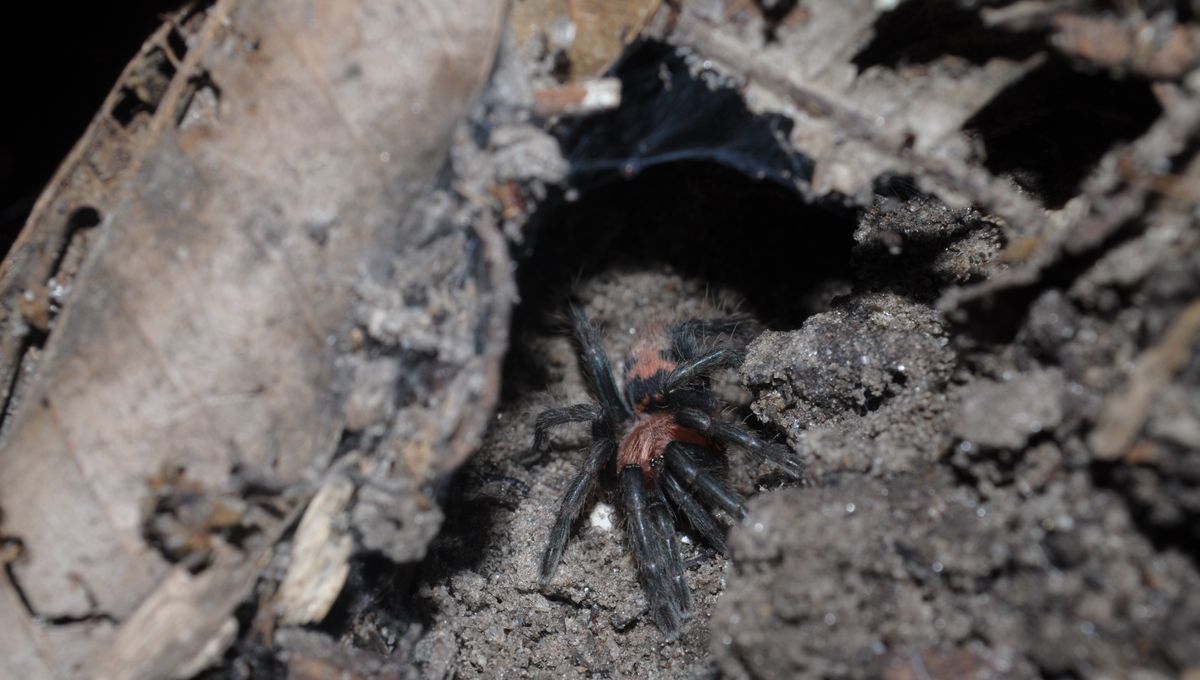
Spiders might cause some fear among arachnophobes, with their unusually high number of legs and scuttling way of moving, however, new research has found that they don’t need all eight limbs to get around and can even drop as many as two to avoid predation.
ADVERTISEMENT GO AD FREE
Losing limbs might appear to affect your locomotion, with research showing that running speeds can be reduced in some spider species that lose limbs – but not all. This new research, which has not been peer-reviewed, took a closer look at how juvenile tarantulas compensate for the loss of their limbs – known as autotomy – and how they are able to regenerate legs after molting. The research also explored how the regeneration of a new leg influences how the spiders move and whether they behave differently when faced with repeated limb loss.
To do this, the team used high-speed videos to record the running in spiders, before and after legs were lost, regrown, and lost again. The researchers focused on three things: they expected the spiders to have lower speed and stability after leg loss; they thought the tarantulas would use a wider stance to compensate for the missing limbs; and they thought the gait of the tarantulas would change.
Guatemalan tiger rump tarantulas (Davus pentaloris) were chosen because they are fast runners and can regrow limbs within one to two months. The spiders were placed in a clear box with a camera to record their movements. Five spiders had successive bouts of leg removal – the legs that were removed were chosen to cause maximum disturbance to the gait as well as being the legs that are most frequently lost in predator interaction in the wild.
“Once they were sluggish and not moving, we would glue the two legs we wanted them to drop to an index card,” paper co-author Tonia Hsieh told New Scientist. “When they woke up, we would gently poke them with a fine-tip paintbrush until they would drop those legs at almost the same time.”
The spiders were filmed before and after they lost two legs to monitor changes in gait. They were filmed immediately after limb loss and then 24 hours later. The tarantula was then left to regrow the legs it had lost before the same legs were removed again.
The results show that losing two limbs did not slow the spiders down, and they could achieve a stable gait and speed within one day of losing two limbs. This suggests that the spiders are able to rapidly adjust their locomotion and achieve a stable way of moving very quickly. If you think that is impressive, this sea slug can regrow a whole body.
ADVERTISEMENT GO AD FREE
The authors think that this work could help inform robotics, and could be useful in designing robots that correct their movements after suffering damage.
The paper is currently on the preprint server bioRxiv and has not undergone peer review.
Source Link: Tarantulas Can Run Just As Fast With 6 Legs As They Can With 8